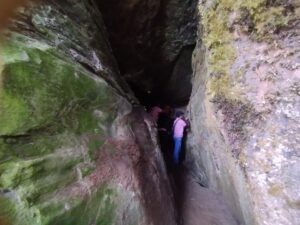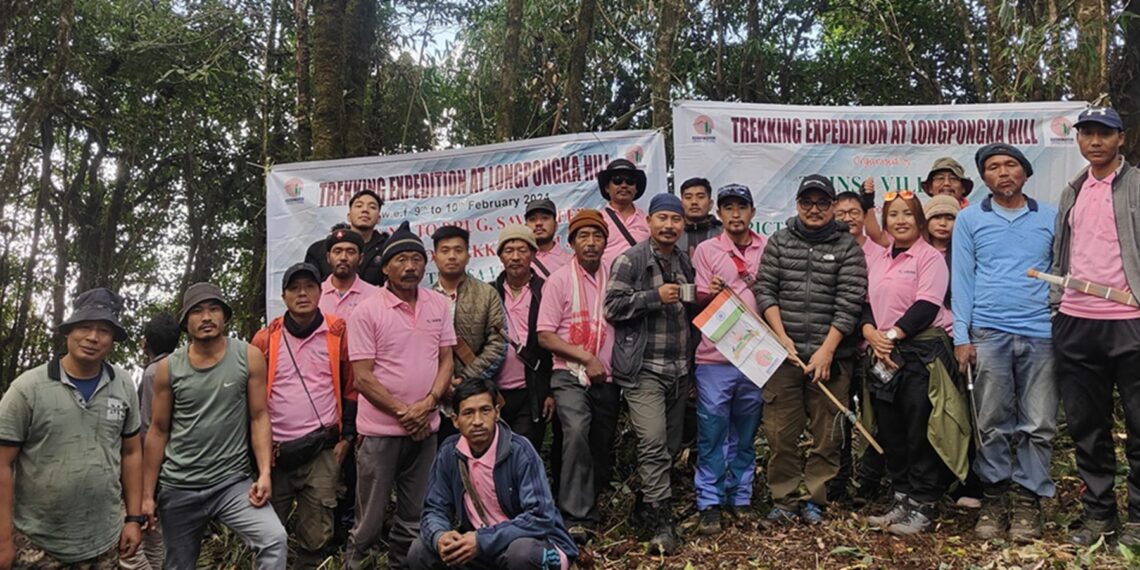ITANAGAR: A team of trekkers has discovered a cave used as a transit camp by the Allied Forces during World War- II, in Arunachal Pradesh.
Led by the seasoned mountaineer Tagit Sorang, the group had recently embarked on an expedition to explore the rugged terrain near the Arunachal-Myanmar border.
Little did they know that their journey would lead to a remarkable discovery shrouded in the mists of history.
Scaling the hills of Tirap district, the group stumbled upon a hidden gem nestled at the 2,119-meter-high “Longpongka” point—a stone cave steeped in secrets from World War II, the local press reported.
This chance find unearthed a fascinating piece of history, revealing that the cave once served as a crucial transit camp for the Allied Forces.

During the war, the strategically positioned cave acted as a barricade against the advancing Japanese army, thwarting their attempts to penetrate the Northeast Frontier Agency, now known as Arunachal Pradesh.
With its sturdy structure and strategic location, the cave provided a safe haven for the Allied soldiers, shielding them from enemy fire.
Local residents, well-versed in the lore of the land, pointed out intriguing markings near the cave—circular symbols, English abbreviations, and numerical carvings—that served as poignant reminders of the transit camp’s significance.
Despite their best efforts, the trekkers could only venture so far into the cave’s depths, hindered by its narrow opening.
Reports suggest that the porters who once ferried defence supplies through these treacherous terrains have long passed away, their legacy preserved in the annals of history.
Rigio Tabam, the district tourism officer for Tirap, while speaking to a national daily, shed light on the unsung heroes of the region—the able-bodied men from Tutsa and Nocte tribes.
These courageous individuals played a pivotal role in transporting essential supplies from Assam to the border, thwarting any attempts by the enemy to gain ground.















